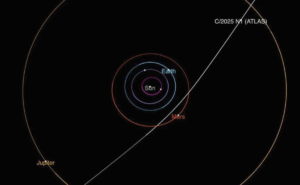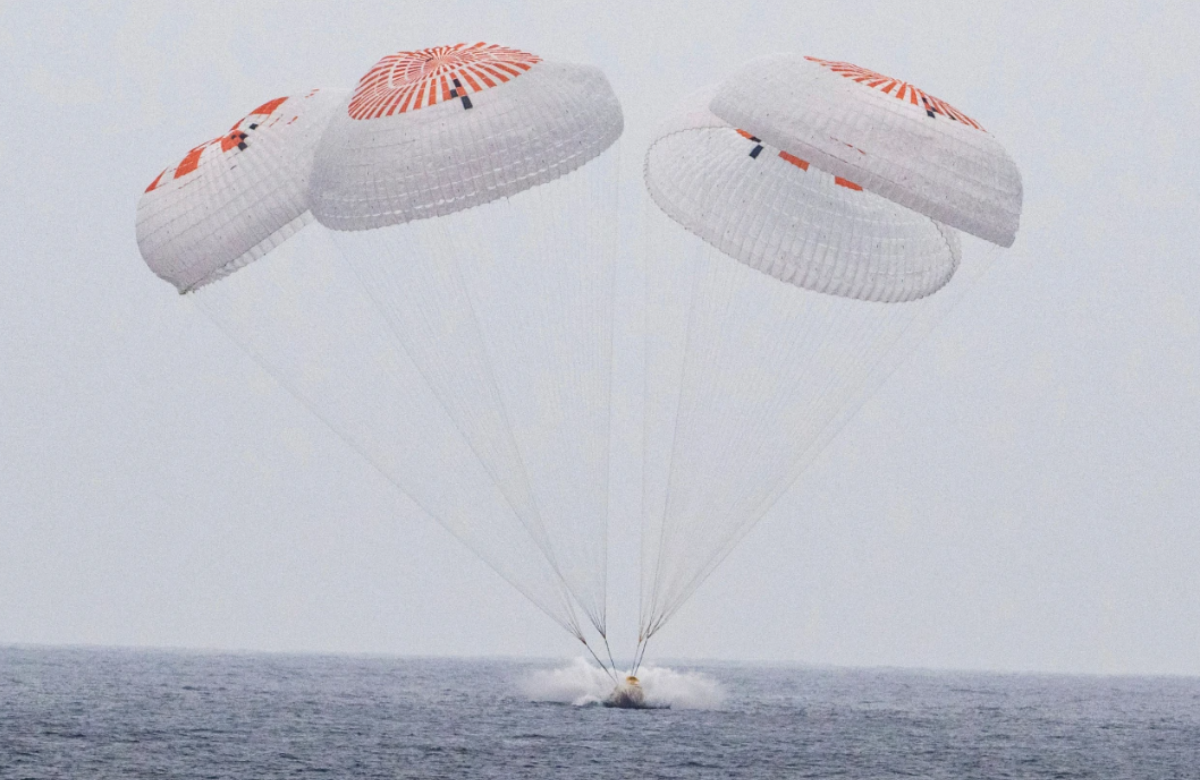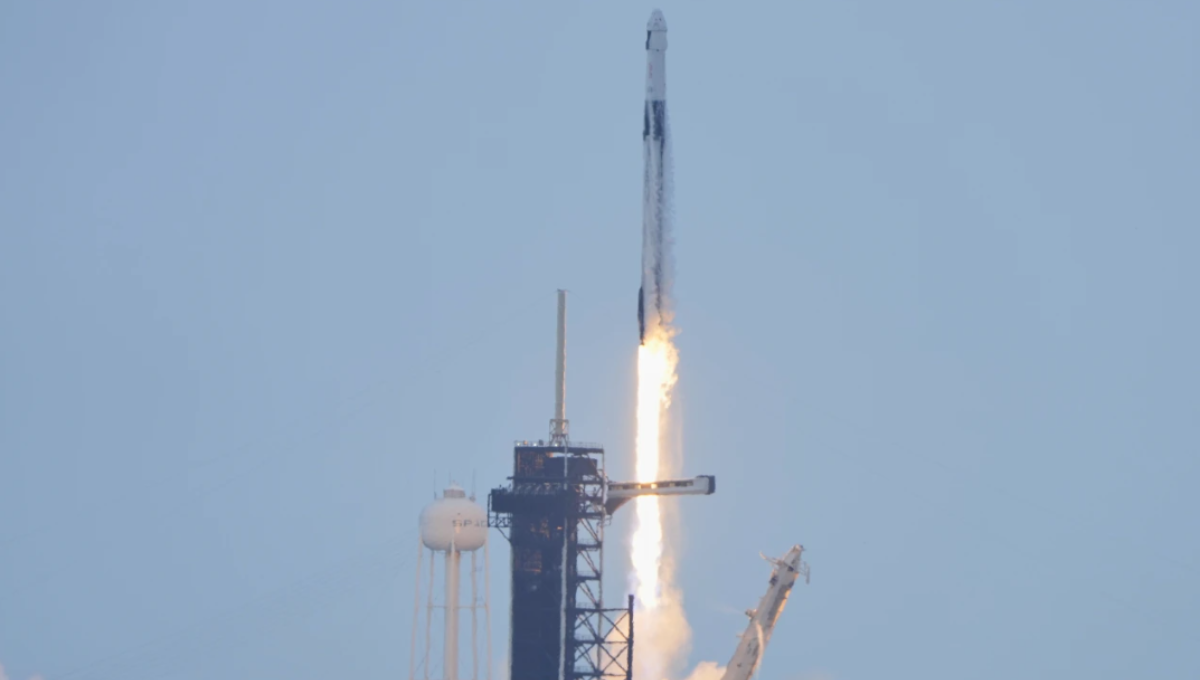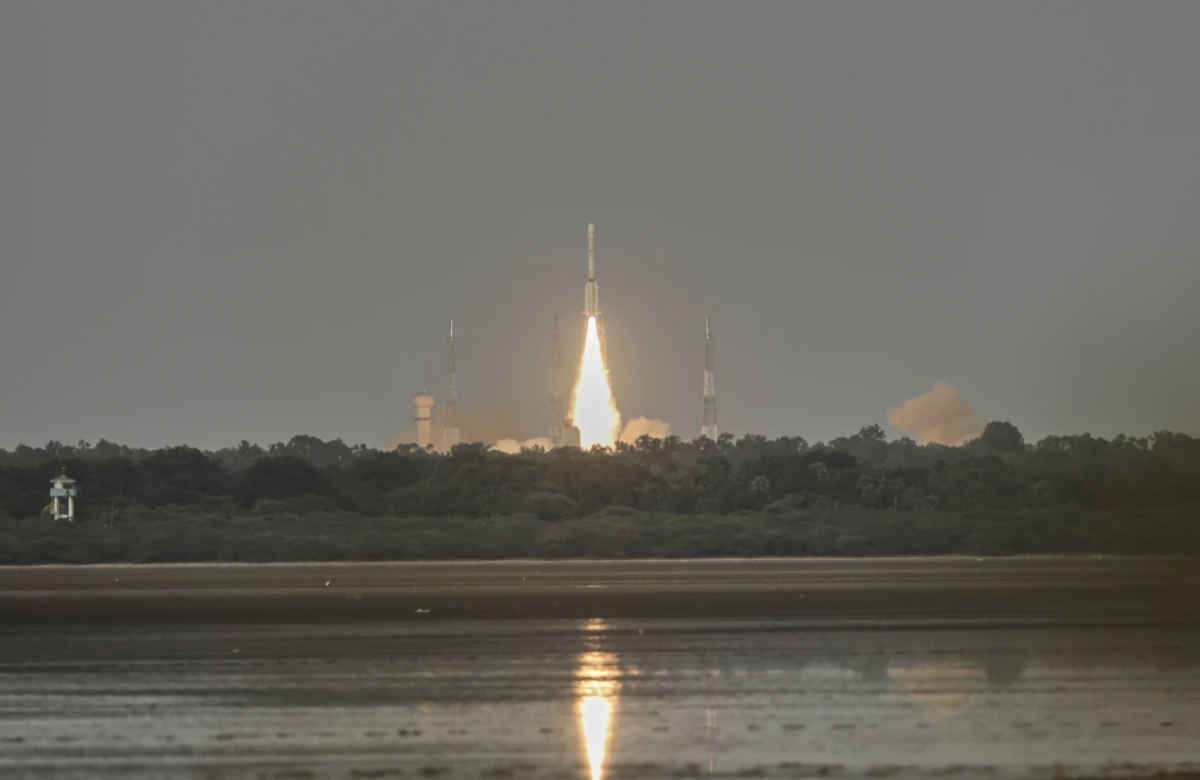Chun Wang, a Chinese-born entrepreneur, became part of history by purchasing a SpaceX flight for himself and three polar explorers. They blasted off from NASA’s Kennedy Space Center on Monday night, marking the first rocket journey to pass over both the North and South Poles.
Wang, now a citizen of Malta, didn’t disclose how much he paid SpaceX for this 3.5-day polar adventure. The Falcon rocket’s trajectory took them southward over the Atlantic, setting a path that has never been flown in 64 years of human space exploration.
The first part of their journey—from Florida to the South Pole—lasted just over 30 minutes. Once in orbit at around 270 miles (440 kilometers) altitude, their automated capsule circled the Earth in about 1.5 hours, including 46 minutes flying from pole to pole.
SpaceX Launch Control encouraged the crew to capture the breathtaking views, saying, “Enjoy the views of the poles. Send us some pictures.”
Wang, who has previously visited the polar regions on Earth, wanted to experience them from space. He emphasized that the mission was also about pushing boundaries and sharing knowledge.
Joining Wang were three remarkable individuals: Norwegian filmmaker Jannicke Mikkelsen, German robotics researcher Rabea Rogge, and Australian polar guide Eric Philips. Mikkelsen, the first Norwegian headed to space, had flown over the poles before in a record-breaking 2019 mission that celebrated the 50th anniversary of the moon landing.
The crew planned around two dozen experiments, including conducting the first human X-rays in space. They also brought along numerous cameras to document their journey, named Fram2 after a historic Norwegian polar research ship from over a century ago.
Until now, no space traveler had ventured beyond 65 degrees north and south latitude—just shy of the Arctic and Antarctic circles. This milestone surpasses the achievements of early pioneers like Valentina Tereshkova, the first woman in space, and Yuri Gagarin, the first man in space.
Polar orbits are highly valuable for climate monitoring and Earth-mapping satellites due to their ability to observe the entire planet daily as it rotates beneath them.
Geir Klover, director of the Fram Museum in Oslo, Norway, where the original polar ship is displayed, expressed hope that this trip would highlight climate change and the melting polar caps. He gifted the crew a small piece of the ship’s wooden deck, bearing the signature of Oscar Wisting, who, alongside Roald Amundsen, became the first to reach both poles in the early 1900s.
Wang first pitched the idea of a polar flight to SpaceX in 2023, following the chartered flights of U.S. tech entrepreneur Jared Isaacman, who made the first two private space missions with SpaceX.
SpaceX’s Kiko Dontchev noted that the company is continuously refining its training to make space travel accessible to “normal people” without traditional aerospace backgrounds.
Wang and his team viewed the polar flight as an adventure similar to camping in the wild, embracing the challenge wholeheartedly.
“Spaceflight is becoming increasingly routine, and honestly, I’m happy to see that,” Wang shared on social media.
Having embarked on countless adventures since his first flight in 2002—covering planes, helicopters, and hot air balloons—Wang has visited over half the countries in the world. Interestingly, he planned this spaceflight to coincide with his 1,000th journey.















